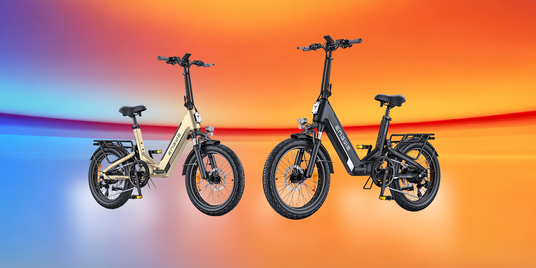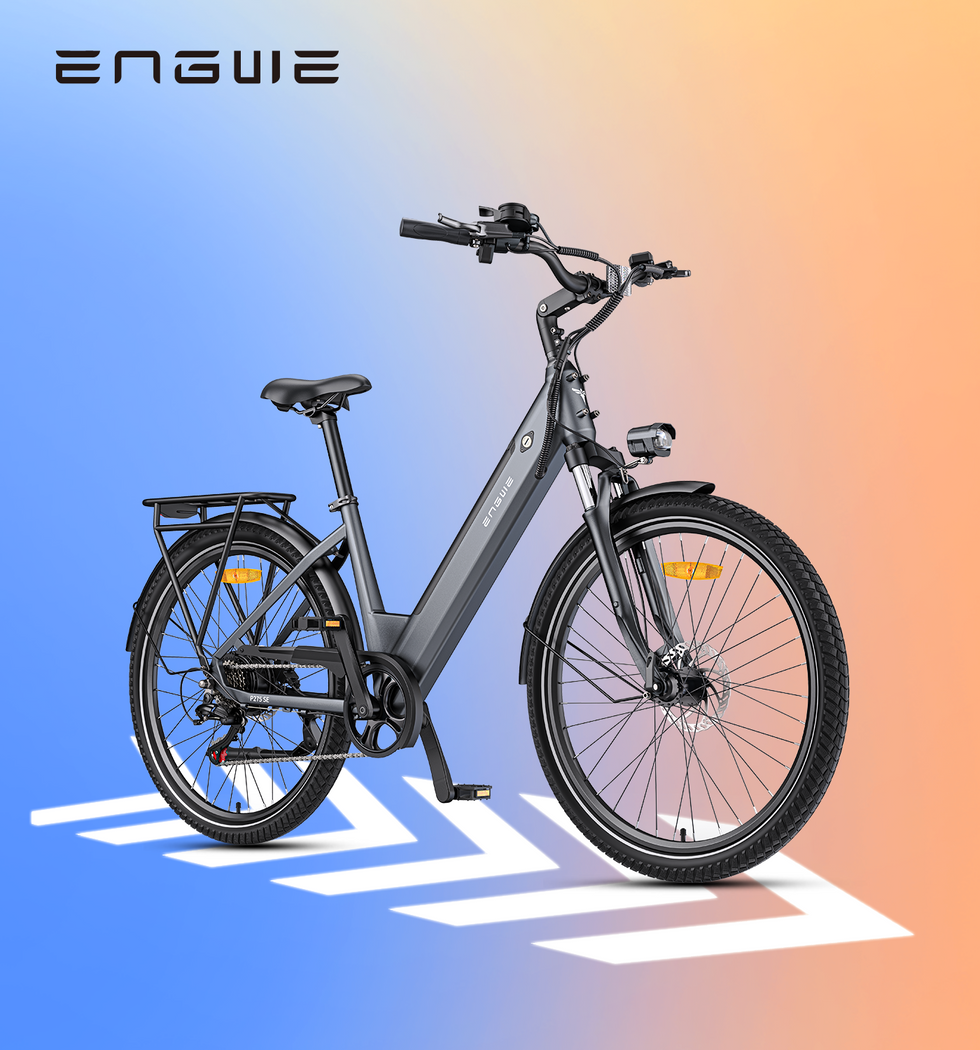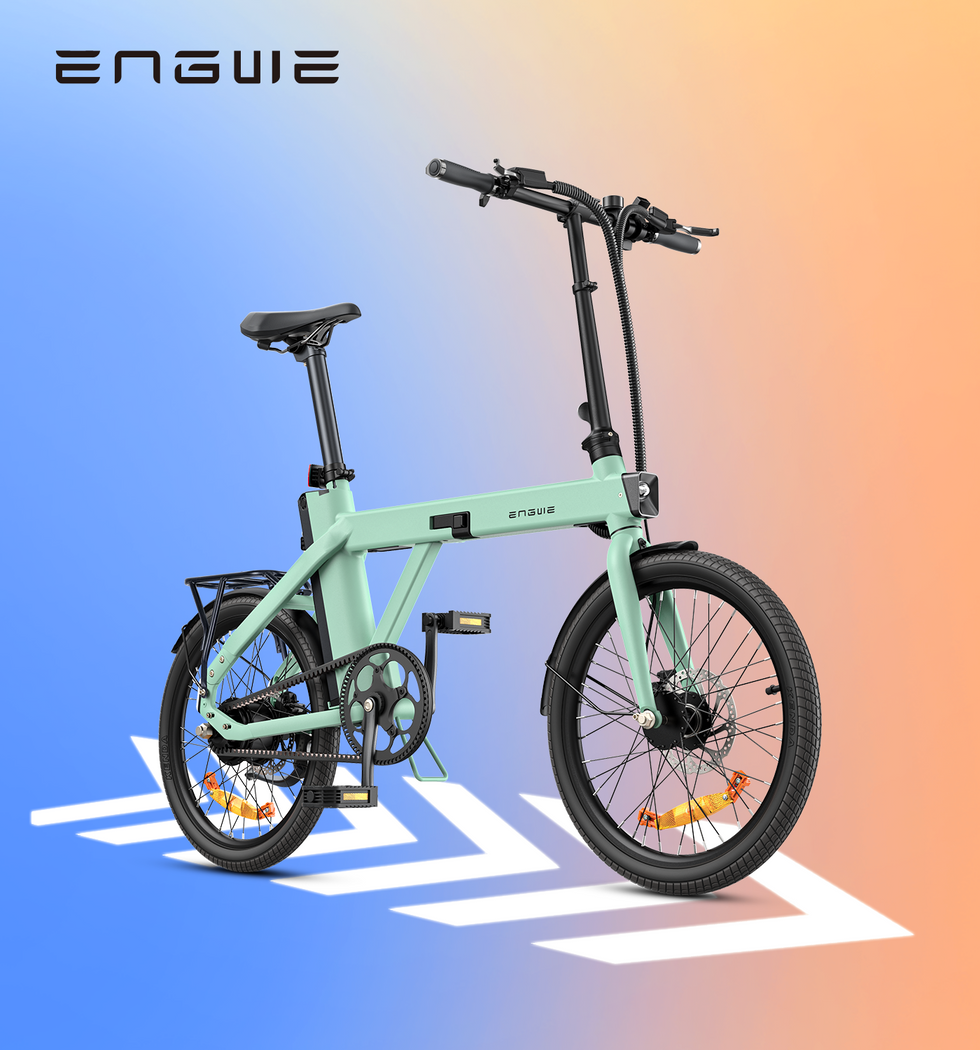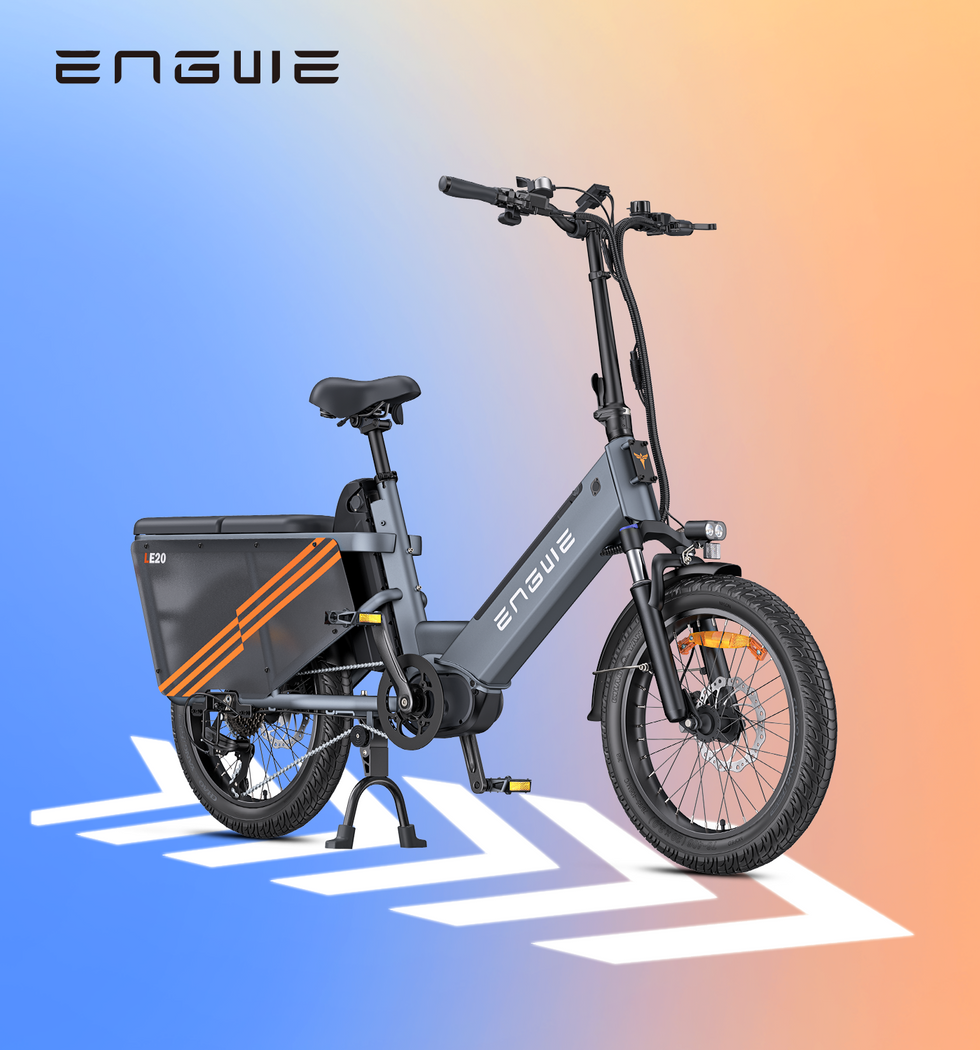The wrong width and shape of a road bike handlebar make riding uncomfortable. It can cause handling issues. Many riders overlook handlebars. They assume handlebars only affect comfort. In reality they play a big role in your overall performance, aerodynamics, and bike control.
Road bike handlebars come in different styles from compact drops to aerodynamic designs. This guide will explain different types of handlebars. At the end you will be able to choose the right one that matches your riding style.
Why Handlebars Matter More Than You Think
One of the points of contact between you and your bike is the handlebars. The comfortable ride, control and the balance all depend on its width, shape and rise.
A handlebar that is incorrect in width and rise and shape may result in back pains, numbness in the hands or poor handling. The correct one can make your ride. It is comforting in long trips. Stable your ride on rough terrains. It also gives improved power transfer.
In short the right handlebar will ensure you have a smoother, faster and safer ride.
Types of Road Bike Handlebars

There are different types of handlebars available in 2025. The most common for road bikes are discussed here.
1. Drop Handlebars
It is among the most widespread models intended to be used in road bikes. They provide several hand positions. You may use hands on tops, hoods or drops. Riders find it easy to change to an upright position and feel comfortable and a low aerodynamic position may accelerate cycling. The drop handlebars suit all long distance rides and competitive cyclists.
2. Aero Handlebars
Aero bars are built to minimize wind resistance. They help to increase speed and mostly integrated with extensions. With this setting riders can tuck into a time trial position. These handlebars are excellent for racing. But they are not comfortable for casual rides.
3. Flat Handlebars
Flat handlebars are straight and commonly seen on hybrid and commuter bikes. They provide a more upright riding position. They improve visibility and comfort but reduce aerodynamics. That’s why ideal for beginners, city commuting, and casual riders.
4. Riser Handlebars
Riser bars are slightly curved upward. It helps place the rider in a more relaxed position. It is more common on mountain bikes. Some urban road bikes also use them for comfort. If you prefer comfort over speed this handlebar suits you best.
How to Choose the Right Road Bike Handlebars
To select the right handlebars you need to consider several key factors. With these factors you can select a handlebar that improves comfort, visibility, and overall performance.
Width
Handlebar width should generally match your shoulder width. Normally Road bike handlebars come in sizes from 38cm to 46cm wide. So you would choose a handlebar the same as the distance between your AC joints (the bony points on your shoulders). When holding the drops your knuckles should sit just outside the line of your shoulders.
A 40cm bar suits riders with narrow shoulders. A 44cm bar works better for broad shouldered cyclists. Narrow bars help sprinters cut through wind and wide bars give endurance riders more control on rough roads.
Reach
Reach is the distance from the flat top section of the bar to the point where the brake hoods are mounted. Different handlebar designs have different reach lengths. In simple terms, reach shows how far forward the bar extends.
A short reach bar is ideal for riders with smaller hands or shorter arms because it reduces stretching. A longer reach bar is preferred by aggressive riders who want a more extended, aerodynamic position.
Drop
The drop is how far the handlebars curve down. A smaller drop makes it easier to switch hand positions. So you do not need to put too much strain on your back, hips, or shoulders. A deeper drop requires more flexibility and movement. Taller riders usually prefer more drop. Beginners should choose compact bars with a 120mm drop for comfort. If you are a competitive racer, use 150mm+ drops for better aero positioning.
Shape
Handlebar drops come in three main shapes: traditional, ergonomic, and variable radius. Traditional drops provide a deeper, aggressive fit. Compact drops are easier to reach and more beginner-friendly. Ergonomic shapes give better wrist support.
Material
Mostly handlebars come in two materials aluminum or carbon fiber. Each has its own properties. Aluminum is durable, affordable, and slightly heavy. Carbon fiber is lighter. It reduces road vibrations and provides more comfort. Carbon costs more but is ideal for long rides and performance-focused riders.
Pros and Cons of Different Handlebars
|
Handlebar Type |
Pros |
Cons |
|
Drop Handlebars |
Multiple positions, aerodynamic and efficient for long rides |
Can strain beginners’ wrists and back |
|
Aero Handlebars |
Best for speed and racing advantage |
Limited comfort, not versatile |
|
Flat Handlebars |
Comfortable, upright, good control |
Less aerodynamic |
|
Riser Handlebars |
Relaxed riding comfortable |
Not ideal for racing or speed |
How to Set Up a Road Bike Handlebar

Even with the best handlebars you would not feel right if not set up correctly. Follow these steps for a perfect setup:
Tools You will Need:
-
6mm Allen key
-
Torque wrench
-
Grease
-
A broom handle or any long straight object (for alignment)
Step 1: Adjust Handlebar Height
Start by loosening the top bolt on the stem. Slide the stem up or down until the bars are at a height that you feel comfortable. But always keep the stem above the "minimum insertion" line marked on the steerer tube. This will bring safety and prevent damage.
Step 2: Align the Handlebars
Next, make sure the bars are centered in the stem. A simple trick is to place a broom handle across the drops to check that both sides are even. When aligned, lightly tighten the faceplate bolts. Tighten them in a cross pattern so the pressure can be evenly distributed.
Step 3: Set Handlebar Rotation
When the bolts are slightly loose, rotate the bars until the drops (the curved lower part) point. Do it slightly downward usually around 10–15 degrees. The ends should sit nearly parallel to the ground. This small adjustment helps balance comfort with aerodynamics.
Step 4: Install Brake Levers
Slide the brake levers onto the bars. Position them where the curve begins. The hoods (the top rubber grips) should line up neatly after the flat section of the bar. Check that levers are placed at the same height. It is essential for a balanced feel.
Step 5: Final Check and Tighten
Once everything position correctly, tighten the stem faceplate and brake lever bolts. Use a torque wrench and follow the manufacturer’s recommended settings. This step is critical for safety. It also helps to avoid over-tightening.
Road Bike Handle Bar Size Chart
|
Rider Shoulder Width(cm) |
Recommended Handlebar Width(cm) |
Best For |
|
36 – 38 cm |
36 – 38 cm |
Small riders narrow shoulders, aerodynamic riding |
|
38 – 40 cm |
38 – 40 cm |
Average riders who want balance of aero + comfort |
|
40 – 42 cm |
40 – 42 cm |
Most common size suits majority of riders |
|
42 – 44 cm |
42 – 44 cm |
Wider shoulders stability and endurance riding |
|
44 – 46 cm |
44 – 46 cm |
Very broad shoulders maximum stability gravel/commuting |
Carbon vs Aluminium Handlebars

The two most common materials for handlebars are carbon and aluminium. Each has its pros and cons.
Carbon has become a go to choice for performance riders. Manufacturers can mold it into any aerodynamic shape. It is lighter than aluminium. It absorbs road vibrations which helps reduce fatigue on long rides. With these qualities carbon handlebars are perfect for racing and competitive cycling. The only downside is that carbon is more expensive and can be fragile in a crash.
Aluminium is affordable and tough. It offers solid performance at a lower price. It is slightly heavier and does not absorb shock as well as carbon. Aluminium is more durable and better suited for commuting, training and everyday rides.
Comparison Table: Handlebar Options
|
Feature |
Drop Bars |
Aero Bars |
Flat Bars |
Riser Bars |
|
Position Options |
Mulitple |
Limited |
Single |
Relaxed |
|
Comfort |
Medium |
Low |
High |
High |
|
Aerodynamics |
High |
Very High |
Low |
Medium |
|
Best For |
Road/Racing |
Triathlon |
Commuting |
Leisure/Urban |
Want Quality Bikes with Reliable Handlebars?
Looking for bikes with well designed and ergonomic handlebars? Engwe is a trusted European e bike manufacturer. They design e bikes to meet comfort and performance needs.
They offer versatile and high quality e bikes. From the sturdy frame to the carefully designed handlebars(aluminium & carbon), every detail is made to give you a smooth, reliable and enjoyable riding experience.
YouTube Video Link:
Final Thoughts
The right road bike handlebars can transform your ride. Now that you have learned about the road bike handlebar types and how you can choose the right one. Always prefer one that matches your riding style and preferences. Picking the right size will bring comfort, control, and efficiency every time you hit the road.
FAQs
Which handlebars are best for a road bike?
The best handlebar for a road bike depends on your riding style, body fit, and comfort needs. For most riders, a handlebar that matches shoulder width has a compact drop. A moderate reach also works best. If you prefer comfort, carbon handlebars help absorb vibrations. For durability and affordability, aluminum handlebars are a great choice.
Which handlebars should beginners use?
Compact handlebars have a shorter reach and drop. They are easy for beginners to switch between hand positions. They reduce strain on the back and shoulders. Also bring good control and comfort.
Which Handlebar material should I choose, carbon or aluminium?
Choose carbon if you want lightweight performance and comfort. Go for aluminum if you prefer affordability, strength, and everyday durability.



